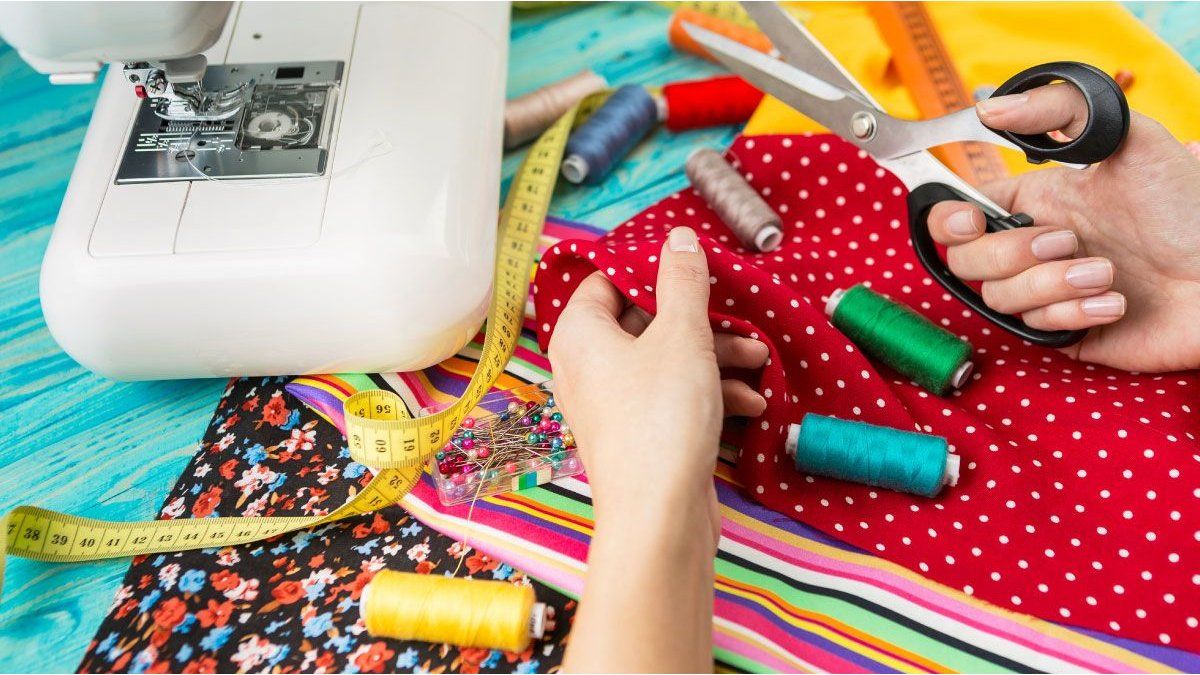He recycling and the reuse of materials gain more and more space in everyday life. Not only as a way to take care of the planet, but also as an intelligent way to save and promote responsible consumption. Under this logic, in line with the idea of giving it a second life To objects that seem to have fulfilled its cycle, the clothes It can also become raw material to create new useful and lasting pieces.
Instead of accumulating garments that you no longer wear, the UPCYCLING textile proposes to resignify them creativity. A spent jean can become a shopping bag; an old shirt, in the cover of a pillow; And a diver, even in a new organizer to hang behind the door. Without knowing too much about sewing or large investments, this practice invites you to redesign from home. Each challenge has potential and the important thing is to look at old clothes with new eyes!
Recycle clothes 2.jpg
UPCyCling Textile: How to reuse old clothes?
With a little creativity and without knowing how to sew professionally, it is possible to give a new useful and functional life to our garments. This trend, known as UPCYCLING textileallows to transform clothes into disuse into practical, decorative and sustainable objects for the home.
1. Reusable bags
One of the simplest ways of reusing a T -shirt old is to turn it into a Purchase bag either Tote Bag. You just need to cut the sleeves and neck, and close the lower part (you can sew it or tie it with knots if you don’t have a machine). In minutes, you get a light container, resistant and ready to avoid the use of plastic.
Recycle clothing 4.jpg
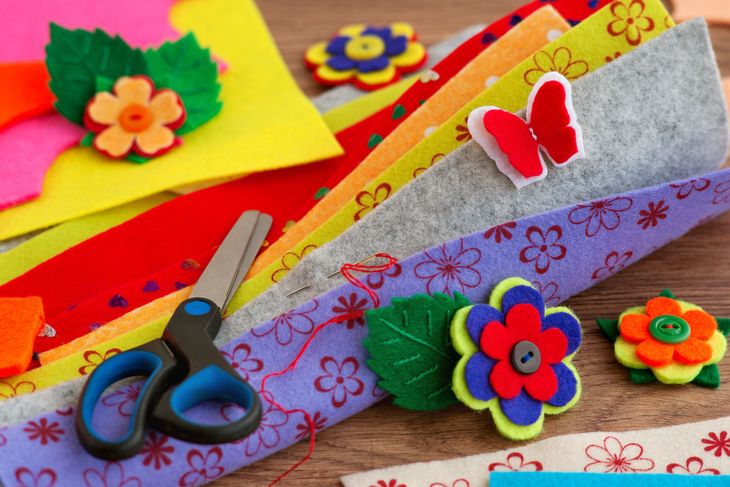
2. Covement covers, notebooks or tablets
Garments with thicker fabricssuch as jeans, sweaters or shirts, can be transformed into original covers for pillows, notebooks or electronic devices. If you have pockets, better: you can use them to store cables, pencils or small objects. This option is ideal to renew without buying anything new.
Tote Bags Recycled.jpg
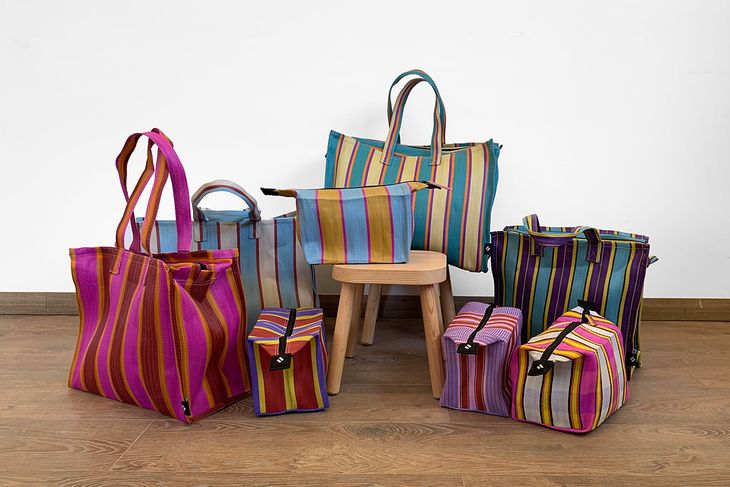
3. Braided carpet
If you have many broken or stained garments, you can cut them into long strips and use them to create a carpet. The technique is simple: you braid the pieces as if they were strings and you are joined by spiral on a base (it can be rubber or felt). And the result is a colorful and soft tapestry, perfect for bathroom, entrance or kitchen.
4. Colgant organizers for the closet or desktop
The Old jeans They can become practical vertical organizers. Cutting the pockets and sewing them on a base (a firm fabric, a pillow cover or even a hanger), you can build a organizer To hang behind a door or inside the closet. It serves to save accessories, cables, glasses, desktop elements or loaders.
Clothing pillows.jpg
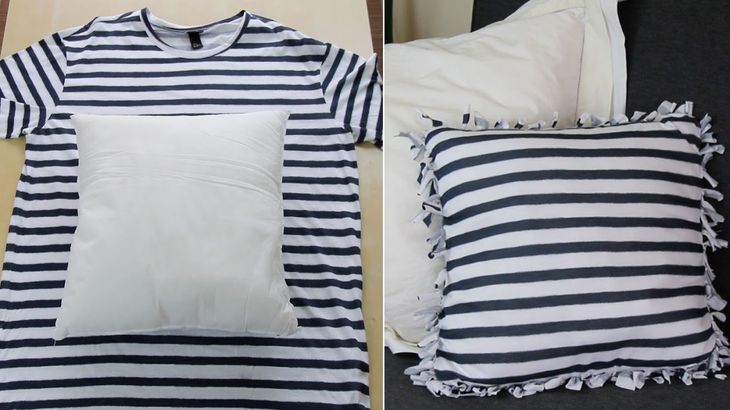
5. Toys
Cotton or polar garments are perfect for soft dolls or pillows. You just need to trim two equal forms (they can be hearts, clouds, stars or animals), sew the entire edge leaving a space, fill with pieces or cotton, and close. It is an ideal activity to do as a family and reuse the clothes of the little ones.
stuffed animals with clothes
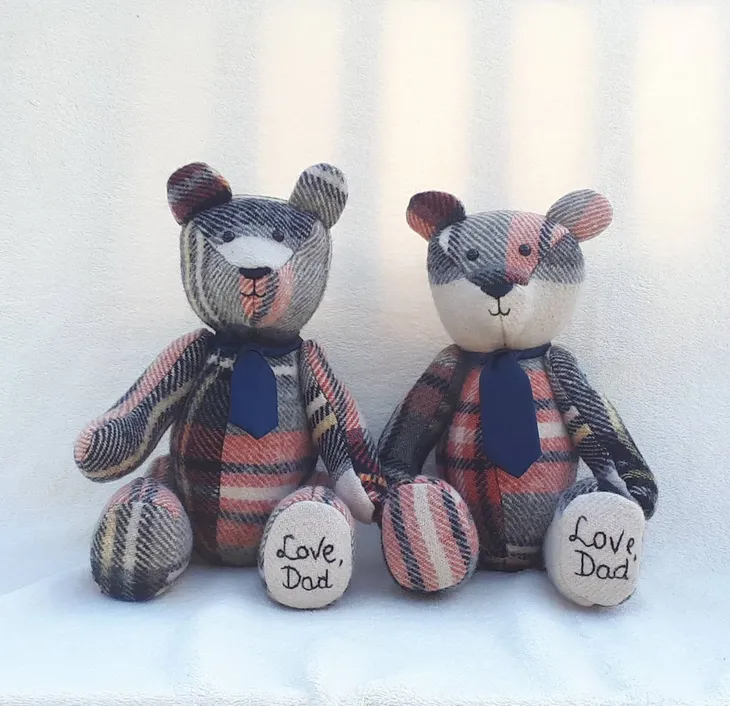
6. Multi -purpose rags
Garments that are no longer in a position to be used or recycled creatively can also have a last use: cut them into squares and usalla them such as backets or cloths to clean glass, dust or floors. The cotton shirts are especially good for this, since they do not release so much fluff.
7. Hair links and accessories
With mild or elastic fabric pieces you can assemble links, scrunchies or scarves. You just need a needle and thread or a basic sewing machine. It is a fun way to add Personalized accessories and to reduce textile waste.
8. Curtains and flags
Do you have many finite fabrics, such as handkerchiefs or nightclubs that you no longer use? You can join them to create a colored curtain or build decorative flags to set spaces warm and sustainable. They are ideal for celebrating birthdays and events.
Source: Ambito
I am an author and journalist who has worked in the entertainment industry for over a decade. I currently work as a news editor at a major news website, and my focus is on covering the latest trends in entertainment. I also write occasional pieces for other outlets, and have authored two books about the entertainment industry.

